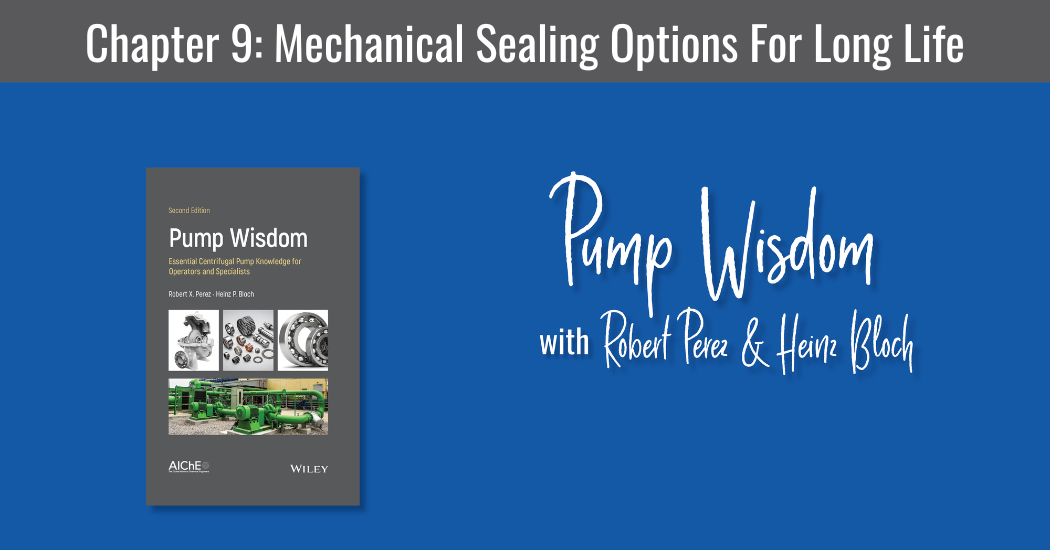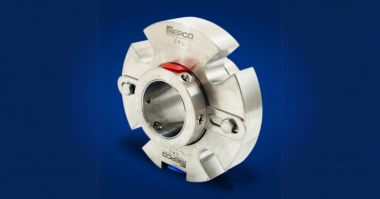Explore key facets of centrifugal pump ownership, installation, operation, and troubleshooting
The Second Edition of Pump Wisdom: Essential Centrifugal Pump Knowledge for Operators and Specialists delivers a concise explanation of how pumps function, the design specifications that must be considered before purchasing a pump, and current best practices in lubrication and mechanical seals.
This new edition also contains new startup and surveillance tips for pump operators, as well as repair versus replacement or upgrade considerations for maintenance decision-makers, new condition monitoring guidance for centrifugal pumps, and expanded coverage of operator best practices.
Read Chapter 8: Bearing Housing Protection and Cost Justification.
Mechanical seals are components that keep the pumped fluid (or “pumpage”) in the pump casing. These seals are installed at the location where the shaft enters or leaves the casing and their purpose is to prevent leakage. There are many hundreds of styles and sizes and configurations of seals. All use the underlying principles of stationary and rotating face combinations (Fig. 9.1). Some are simple and inexpensive; others are complex and deserve special attention.
Fill out this form to read the entire Chapter 9 excerpt.





Comments